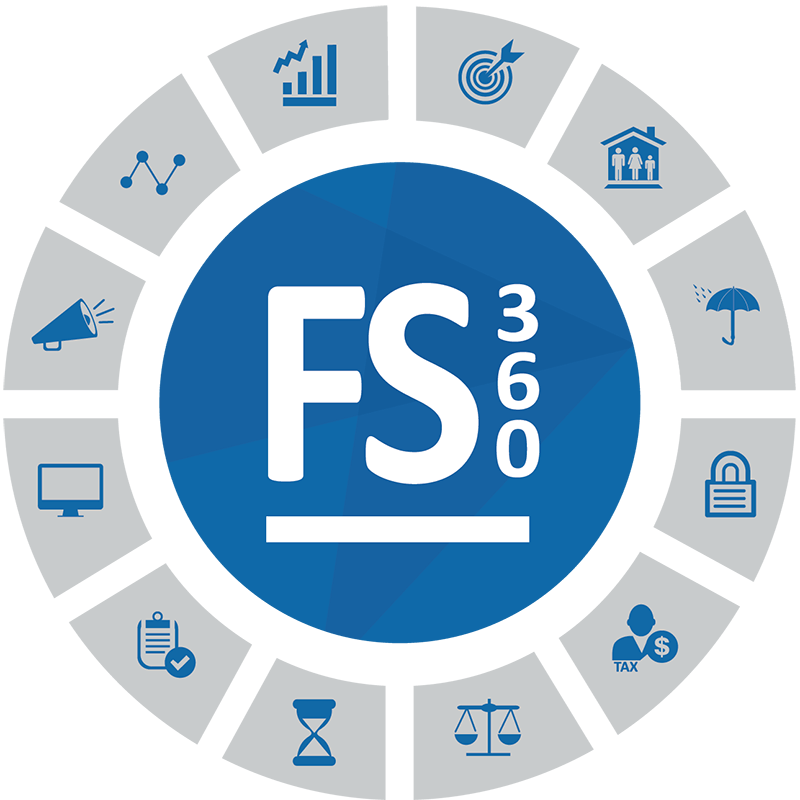Budgeting for Business Success
We believe that every business should have a financial budget to plan where you want to be heading.
This provides direction to you to what the business is trying to achieve so you are all working in the same direction. We’ll create a 12 month forecast of budgeted profit & loss and cashflow so you always know what the future financial performance and position of the business looks like, based on what we already know today (committed sales and costs).
This is about bringing the future into the present so you can do something about it.

Depending on what industry you are in, the lead up to Christmas can be many things. Some of us are counting down to holidays, and for others, it is their busiest time of the year. For most business owners though, the end of the year means ensuring you are in a good cashflow position so that you can get through the slower cashflow months in the new year. February, especially can be a difficult time.
Carefully managing your business finances is a key step to success for any business new or old.
Successful businesses invest time to create and manage budgets, prepare and review business plans, and regularly monitor finance and performance.
Creating a budgeting process is a very effective way to ensure good management of the cashflow and finances of your business. It also provides you with the sound financial information required for effective decision making and planning.
Successful businesses have several things in common:
- They invest time to create and manage budgets
- They prepare and review business plans and
- They regularly monitor the financial and operational performance of their business
Where to Start?
Creating a budget & cashflow helps you allocate resources where they are most needed, and includes a projection of revenues and expenditures for a given period, usually 12 months. To get started, you will need to forecast the following:
- Projected Revenue: Forecast your revenue based on a month by month analysis of each revenue stream, adjusting for contractual changes, new contracts and anticipated growth. Your business and marketing plans, along with past performance will assist with this.
- Direct Costs: Understand the level of direct costs, such as materials, direct labour or contractors, required to produce your outputs. This gives you the opportunity to analyse your gross profit on sales, examine ways to increase your margins and gain efficiencies.
- Fixed Costs: Understand the ratio of fixed costs to revenue, including the minimum gross profit and revenue required to cover fixed overheads. Look at how fixed costs can be rationalised or reduced, and if appropriate how fixed costs should be allocated across different revenue streams.
Key Steps
There are a number of key steps that should be taken to ensure that your budget is as effective as possible:
- Make time for budgeting
Treat your time as an investment in the business and you will reap the rewards as you track your progress throughout the year and monitor performance.
- Use last year’s figures, but only as a guide
In a competitive environment change is inevitable and will impact your forecasted input and outputs. Use prior year figures as a base to start from, adjusting for anticipated fluctuations and escalations.
- Create realistic budgets
Work out the drivers of your business including the relationship between variable costs and sales. Look at cashflow and understand blockages such as debtors which put pressure on resources. Use stretch targets but try not to overreach.
- Involve the right people
Staff with key responsibilities should provide estimates and forecasts that can be built into your budget. Their knowledge of the business and its operations can be invaluable in the budgeting process in setting targets and driving productivity.
The Review Process
Once you have a budget in place, it is essential that you review actual progress against the budget regularly.
Benchmark your performance in key areas such as sales, cost of goods sold and cashflow, against the prior year performance and budgeted forecasts. Benchmarking against industry averages can also be useful and can highlight efficient or inefficient sections of the business.
Highlight your Key Performance Indicators such that you understand the drivers of your business. Some drivers can be internally managed such as direct labour or materials, whereas other drivers such as external commodity prices, seasonal demand and foreign currency fluctuations may require more complex solutions for management.
How Mulcahy & Co can help
Our team at Mulcahy & Co have extensive experience in assisting and preparing budgets and cashflows for our clients.
Our projections can then be transferred into accounting software such that actual results can be compared to budget on a monthly basis.
Budgeting is an essential business tool for every business, and it will assist in answering many of the difficult questions that arise in day to day business decision making. We can also meet with you regularly to monitor your business against budget from $250/month
If you do not have an up to date budget, and would like to get started, contact Mulcahy & Co and speak to our professional staff who will be happy to assist you in planning for your business success.
Latest News







